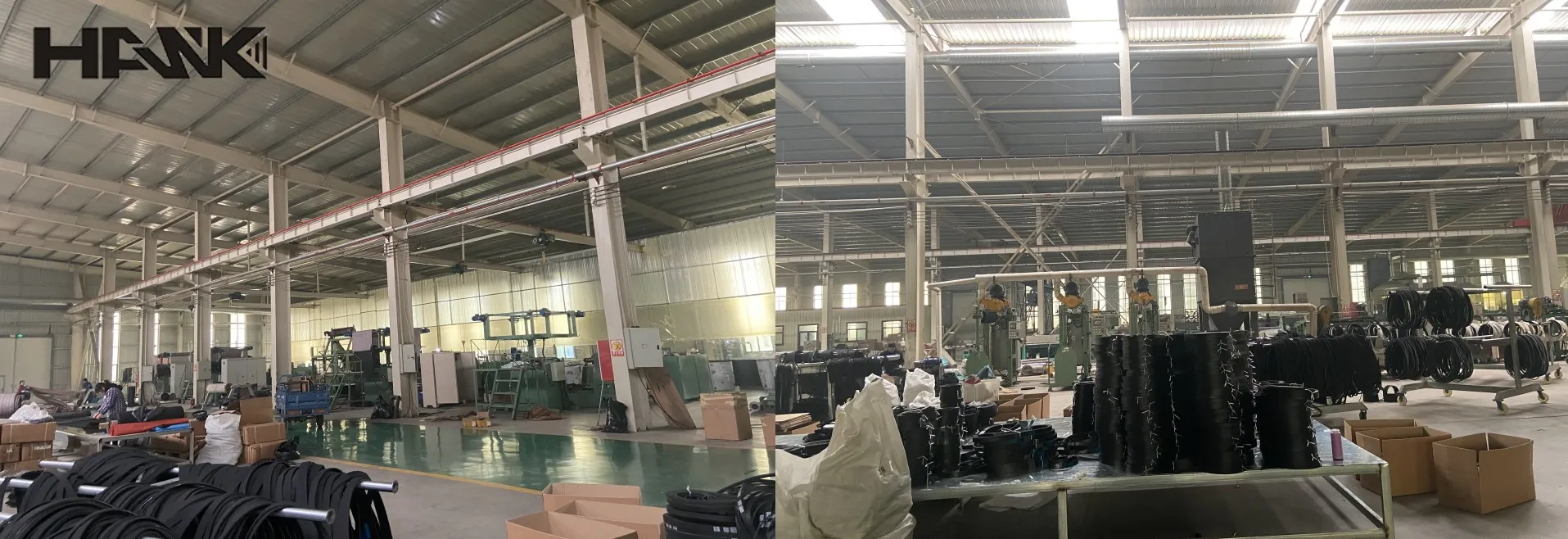- Arabic
- French
- Russian
- Spanish
- Portuguese
- Turkish
- Armenian
- English
- Albanian
- Amharic
- Azerbaijani
- Basque
- Belarusian
- Bengali
- Bosnian
- Bulgarian
- Catalan
- Cebuano
- Corsican
- Croatian
- Czech
- Danish
- Dutch
- Afrikaans
- Esperanto
- Estonian
- Finnish
- Frisian
- Galician
- Georgian
- German
- Greek
- Gujarati
- Haitian Creole
- hausa
- hawaiian
- Hebrew
- Hindi
- Miao
- Hungarian
- Icelandic
- igbo
- Indonesian
- irish
- Italian
- Japanese
- Javanese
- Kannada
- kazakh
- Khmer
- Rwandese
- Korean
- Kurdish
- Kyrgyz
- Lao
- Latin
- Latvian
- Lithuanian
- Luxembourgish
- Macedonian
- Malgashi
- Malay
- Malayalam
- Maltese
- Maori
- Marathi
- Mongolian
- Myanmar
- Nepali
- Norwegian
- Norwegian
- Occitan
- Pashto
- Persian
- Polish
- Punjabi
- Romanian
- Samoan
- Scottish Gaelic
- Serbian
- Sesotho
- Shona
- Sindhi
- Sinhala
- Slovak
- Slovenian
- Somali
- Sundanese
- Swahili
- Swedish
- Tagalog
- Tajik
- Tamil
- Tatar
- Telugu
- Thai
- Turkmen
- Ukrainian
- Urdu
- Uighur
- Uzbek
- Vietnamese
- Welsh
- Bantu
- Yiddish
- Yoruba
- Zulu
Aug . 13, 2024 14:54 Back to list
Choosing the Right V-Belt for Your Air Conditioning System Maintenance and Performance Optimization
Understanding PU V Belts for Air Conditioners
In the realm of mechanical engineering and automotive applications, the effectiveness of power transmission components is crucial. Among these, V-belts play a significant role, particularly in the functioning of air conditioning systems. A specific type of V-belt that has garnered attention is the Polyurethane (PU) V-belt. This article delves into the characteristics, benefits, and applications of PU V-belts in air conditioning systems.
What is a PU V-Belt?
A PU V-belt is a type of belt constructed from polyurethane, a versatile material known for its durability, flexibility, and resistance to wear. Unlike traditional rubber V-belts, PU belts exhibit superior strength and can operate efficiently under varying environmental conditions. Their unique properties make them ideal for applications that demand high performance and reliability.
Advantages of PU V-Belts
1. Durability PU V-belts exhibit exceptional resistance to abrasion and tearing due to their robust construction. This attribute is vital in air conditioning systems where belts endure constant motion and friction.
2. Heat Resistance Standard rubber belts can deform or fail under high-temperature conditions. PU V-belts maintain their integrity, making them suitable for the demanding heat conditions associated with air conditioning operation.
3. Chemical Resistance PU materials are immune to several chemicals, oils, and greases, allowing PU V-belts to function effectively in environments where exposure to such substances is inevitable.
pu v belt\/air conditioner v belt

4. Lower Maintenance The enhanced durability and resistance properties of PU V-belts result in less frequent replacements, translating to reduced maintenance costs and downtime for air conditioning systems.
5. Flexibility and Lightweight PU V-belts are also more flexible and lighter than their rubber counterparts. This feature allows for easier installation and improved efficiency in power transfer, an essential factor in optimizing the performance of air conditioning units.
Applications in Air Conditioning Systems
Air conditioning systems utilize V-belts in various components, including compressors and fans, to transfer power efficiently. The installation of PU V-belts in these systems ensures seamless operation, leading to better cooling performance and energy efficiency. With their ability to manage higher loads and variable speeds, PU V-belts are particularly beneficial for modern air conditioning units that need to adapt to changing environmental conditions.
Moreover, as energy efficiency becomes a priority in HVAC (Heating, Ventilation, and Air Conditioning) systems, employing PU V-belts can significantly contribute to achieving these goals. The combination of their strength and lightweight nature helps in reducing energy consumption, thus fostering environmentally friendly practices.
Conclusion
The adoption of PU V-belts in air conditioning systems is a testament to the advancements in material technology and engineering practices. With their remarkable durability, heat and chemical resistance, and lower maintenance needs, PU V-belts offer a reliable solution for the efficient operation of air conditioning systems. As industries continue to prioritize sustainability and efficiency, the role of PU V-belts is likely to become increasingly prominent, paving the way for innovations and improved performance in HVAC applications. By investing in quality PU V-belts, consumers not only enhance the reliability of their air conditioning systems but also contribute to a more energy-efficient future.
-
Korean Auto Parts Timing Belt 24312-37500 For Hyundai/Kia
NewsMar.07,2025
-
7PK2300 90916-T2024 RIBBED BELT POLY V BELT PK BELT
NewsMar.07,2025
-
Chinese Auto Belt Factory 310-2M-22 For BMW/Mercedes-Benz
NewsMar.07,2025
-
Chinese Auto Belt Factory 310-2M-22 For BMW/Mercedes-Benz
NewsMar.07,2025
-
90916-02660 PK Belt 6PK1680 For Toyota
NewsMar.07,2025
-
drive belt serpentine belt
NewsMar.07,2025

